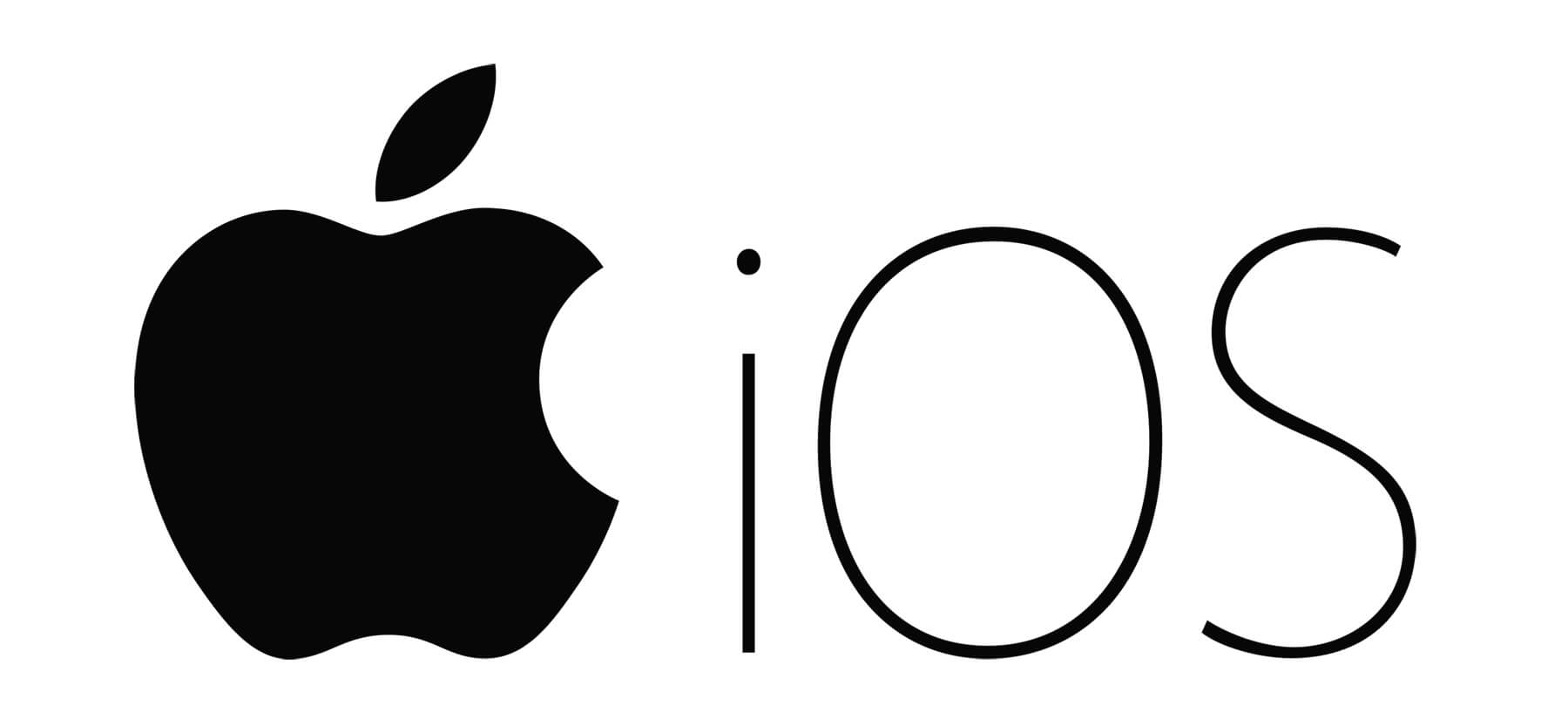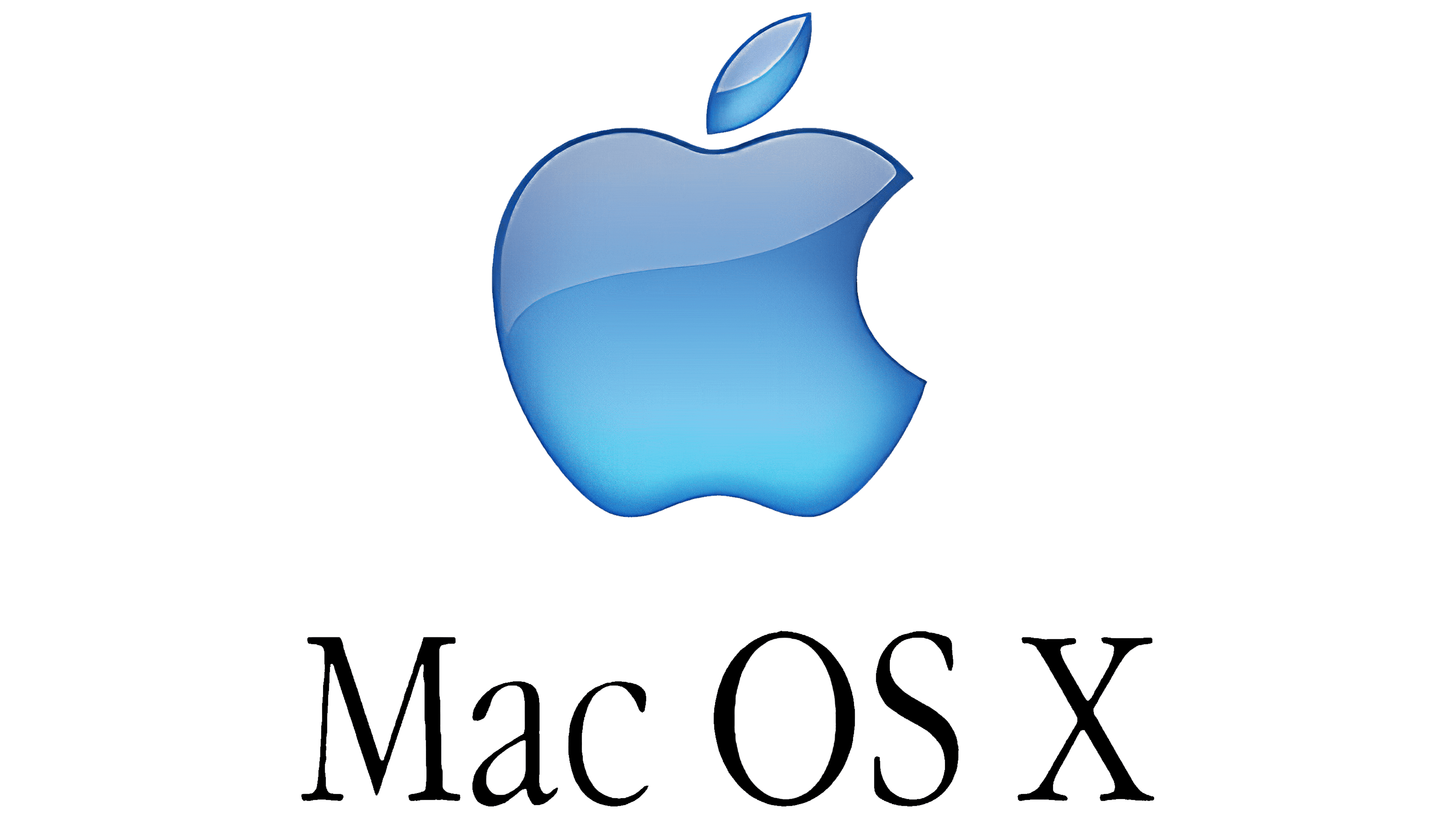iOS:
The chapter opens with a look back at the origins of iOS, the operating system developed by Apple Inc. for its mobile devices. iOS’s story begins with the launch of the original iPhone in 2007. This groundbreaking device marked a significant shift in the mobile phone industry, and it was the debut platform for the iOS operating system. The chapter delves into the evolution of iOS, showcasing the key milestones that have defined its history up to the present-day iOS 15.
- Original iPhone (2007): The launch of the first iPhone was a pivotal moment in the history of smartphones. iOS was introduced as the operating system for this revolutionary device, featuring a touch-based interface and a set of core apps that set the stage for future developments.
- iOS 1-4: The initial iterations of iOS focused on refining the user experience and adding essential features like the App Store, multitasking, and notifications. Each new version brought improvements and enhancements to the platform.
- iOS 5-7: This period saw the introduction of features like iMessage, Siri, and Control Center, as well as significant updates to the design and usability of the operating system.
- iOS 8-9: iOS 8 brought major changes to the development environment, including the introduction of Swift programming language and the Health app. iOS 9 improved performance and introduced multitasking on iPad.
- iOS 10-14: These versions focused on enhancements to the lock screen, Siri’s capabilities, and the introduction of the Files app. iOS 14 brought widgets to the home screen and App Clips.
- iOS 15: The latest iteration of iOS introduced features like Focus mode, enhanced FaceTime capabilities, redesigned notifications, and improved privacy features.

Throughout this exploration, the chapter highlights how iOS has transformed the way we communicate, work, and play, becoming an integral part of our daily lives. It has not only redefined the smartphone landscape but also had a significant impact on various industries, from mobile app development to healthcare and education.
macOS:
The chapter transitions to the history of macOS, which was previously known as OS X. macOS has its roots in the Macintosh lineage dating back to the 1980s, and its evolution has shaped the experience of using Apple’s personal computers.
- Macintosh and System Software: The chapter covers the early days of the Macintosh and the development of the Macintosh System Software, which provided the foundation for macOS.
- Transition from Mac OS to macOS: It discusses the shift from the “classic” Mac OS to the modern macOS, marked by the release of macOS X (pronounced “ten”). This transition brought with it a Unix-based architecture, improved stability, and a new graphical user interface.
- macOS Versions: The chapter outlines the various macOS versions, highlighting their key features and updates. It discusses significant versions like Leopard, Snow Leopard, Lion, Mountain Lion, Mavericks, Yosemite, El Capitan, Sierra, High Sierra, Mojave, Catalina, and Big Sur.
- macOS Design Changes: The chapter also touches upon design changes and interface refinements introduced in macOS, including the adoption of a flatter and more minimalistic design language.
- Hardware Integration: It discusses how macOS has evolved to work seamlessly with Apple hardware, including innovations like the integration of Touch Bar and Apple Silicon-based Macs.

By providing a historical overview of macOS, the chapter showcases how this operating system has evolved to meet the needs of Mac users while maintaining its reputation for user-friendly design and powerful capabilities. It concludes by noting how macOS and iOS are increasingly integrated, offering a seamless user experience across Apple’s ecosystem.

